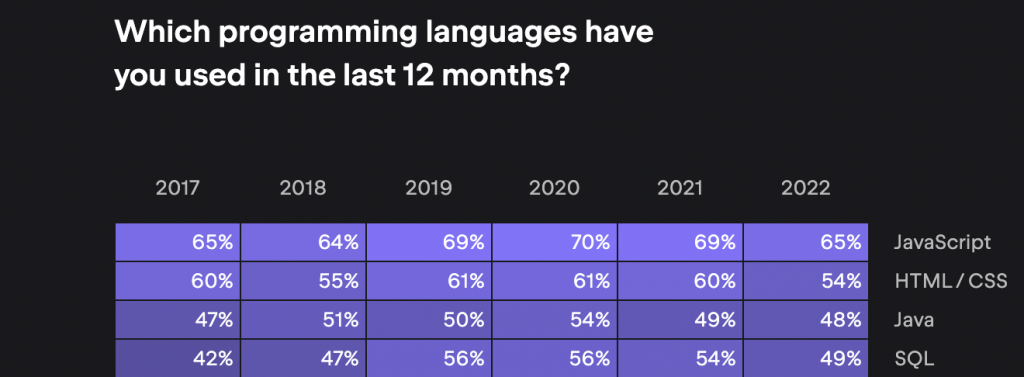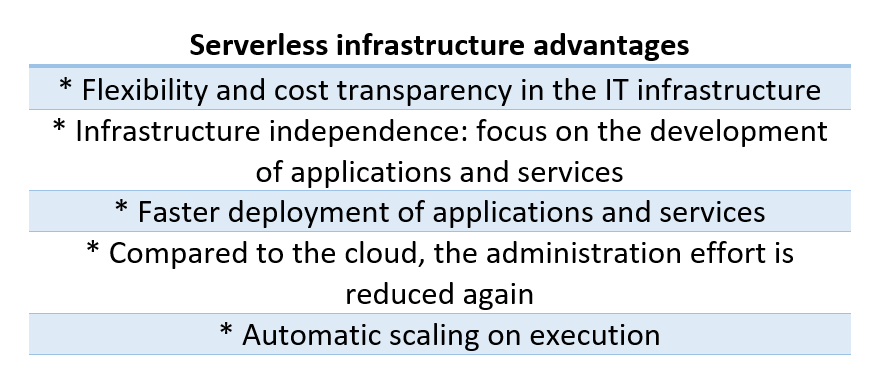JavaScript key Developments and Trends to watch in 2023!
JavaScript is a popular programming language that enables developers to create interactive applications. Ithas been around for over two decades and is one of the most popular programming languages used by major organizations such as Google, Facebook, Netflix, and eBay. As of 2023, it continues to evolve and improve with new updates and features added regularly.
Despite its popularity, JavaScript has been long criticised for being a messy language with poor syntax. However, recent years have seen significant improvements in both the language itself and the tools available for working with it. Today, JavaScript is a well-rounded language that can be used for everything from front-end development to server-side scripting, mobile & desktop application development.
So, whether you’re an experienced developer or just starting out, staying on top of emerging technologies is crucial for keeping your skills up-to-date and competitive in today’s tech-driven world. Here are some key developments and trends to keep in mind regarding this ever-evolving language:
Continued dominance in web development: JavaScript remains the most widely used language for web development, and this trend is likely to continue in 2023. This popularity of JavaScript has led to an increase in the number of frameworks and libraries available for use with the language. These frameworks and libraries can help developers save time and effort by providing ready-made solutions to common problems.
Some of the most popular JavaScript frameworks include React, Angular, Vue, and Node.js. They are and will remain popular choices for building modern web applications. In addition to these frameworks, there are also numerous libraries available for use with JavaScript, such as jQuery andunderscore.js.
Increased adoption of TypeScript: TypeScript is a superset of JavaScript that adds optional static typing and other features to the language, making it easier to catch errors at compile-time rather than run-time, leading to fewer bugs and faster development cycles. It was first released in 2012 by Microsoft, and has since gained significant popularity among developers. Its adoption has been steadily increasing, and it’s expected to continue in 2023, particularly for larger and more complex projects, thanks to it’s large and active community, which contributes to its development and provides helpful resources for learning and troubleshooting.
Increased adoption of serverless architecture: Serverless architecture involves writing code that runs on cloud services without the need for managing servers. JavaScript stays the popular language for serverless development, as many serverless platforms, such as AWS Lambda, Azure Functions, and Google Cloud Functions, support JavaScript as a programming language.
Improved support for WebAssembly: WebAssembly is a low-level binary format that runs in the browser, making it possible to run compiled code at near-native speed. JavaScript can interoperate with WebAssembly, and it’s likely that more tools and frameworks will emerge to make it easier to use in 2023.
Increasing emphasis on performance and optimization: As web applications become more complex and data-intensive, performance optimization becomes more critical. In 2023, we can expect to see more emphasis on optimizing JavaScript code, as well as the emergence of new tools and techniques to help with this task.
As the usage of JavaScript has grown, so has the number of developers working with the language. According to the latest Jet Brains Survey, JavaScript is the most popular programming language among developers, with more than half of respondents indicating that they use it.


Given these statistics and the widespread use of JavaScript in web development, it is safe to say thatJavaScript will continue to be versatile and powerful language with its impressive growth and development in the coming years, with numerous advancements on the horizon for 2023. We can expect more emphasis on progressive web apps, static type checking, component-based architectures and WebAssembly support – all of which will help enhance accessibility and performance of the web. With so many different options available, it can be difficult to keep up with all the latest developments in JavaScript. However, by staying up-to-date on the latest trends and developments in the language, developers can stay ahead of the curve by learning new technologies that are quickly becoming essential for modern website creation and ensure that their skills remain relevant and in demand.

